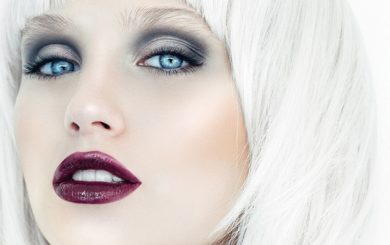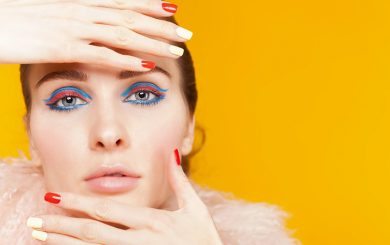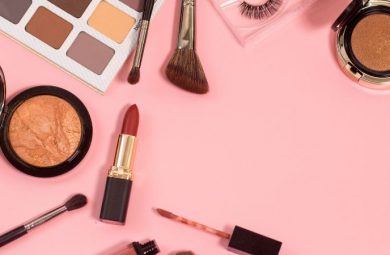Everyone can relate to having damaged hair, right? It doesn’t matter how hard I try to keep my hair looking healthy and strong, I always end up with split ends, especially in the summer. Sometimes hot weather can ruin your hair, which is why I’m always looking for tip on how to fix damaged hair. If you’re looking for tips and tricks, you’re in luck, because I’ll be sharing my top five methods in this article.
What is Damaged Hair?
Damaged occurs when hair has been through some chemical process, or treatments which caused extreme breakage. One of the worst chemical treatments is bleaching your hair. Once damaged, your hair will develop cracks in the cuticle, and once the cuticle lifts your hair will become dull, frizzy, dry, and will be a lot more prone to breakage.
If you straight-iron your hair frequently, curl, or even tie it in ponytails and style with bobby pins, you can damage your hair.
Can Damaged Hair Really Be Repaired?
You can repair your hair, but time and patience are key factors in restoring it. If you want to prevent new damage know that a pair of scissors, heat-free tools, and nice shampoos some of the first steps to getting shiny locks.
You should also try to eat healthy, drinking more water, and take some hair growth-boosting supplements. Although this solution isn’t explained in-depth down below, it is still an amazing choice for people who are impatient.
Supplements like Biotin and food filled with Omega-3 fatty acids (such as salmon, walnuts, and kale) should be on your go-to shopping list the next time you are out of the house. These will make you feel better inside out while giving you high-quality hair in the long-run.
Top 5 Ways To Help Treat Damaged Hair
Use the Right Shampoo
Always use mild, natural shampoos. In fact, sulfate-free shampoos and
conditioners are specifically made for damaged, fragile, and brittle hair. If you use something that has natural oils your hair will repair on its own a lot faster. Use these products twice a week since over-shampooing can strip away your natural oils. In case you end up needing an in-between wash, use a dry shampoo when needed.
You can also use cold or lukewarm water since it helps close your cuticles and seal the shine right in.
Related Search Topics (Ads)
Related Products
Hair Masks
Hair masks are a must-have, especially if your hair is naturally dry, or if you live somewhere where the climate is always humid. Use a hair mask once a week, and make sure it is free of any silicone or parabens. On the other hand, your hair mask should be filled with jojoba oil, shea butter, or macadamia oil since these are really hydrating and can restore moisture.
The best part is that hair masks are not too expensive, and they can be done on your own at home. Just make sure you don’t overdo the process since your hair may end up looking greasy.
Swim Caps
This may sound silly, but anyone who goes swimming will get a lot out of this advice. Those who are off on vacation or those who live in a sunny area should always protect their hair the right way. Sometimes an ideal solution is a swim cap along with hats, which will protect your hair from burning and over-heating.
You should also always be careful because chlorine water along with sun rays can further damage your hair. When you go swimming and tanning at the beach, protect your hair with every possible resource you have.
Regular Trims
Getting regular trims is a priority not only because you crave long and luscious locks, but also because it is sanitary. In time your hair will end up with straw-like texture, especially your ends, and the best way to hide and prevent this is by getting regular trims.
Most hair stylists recommend getting a haircut every 3–4 months (ideally), but you should do it whenever your hair becomes lifeless. When getting a haircut, try to do an Olaplex hair treatment. It will renew your strands, and leave you with healthier hair.
Avoid Hot Styling Tools
Hair damage, in most cases, is caused by hair styling tools. Heat will never benefit your hair, regardless of the length, hair type, or hair color you may have. Everyone’s hair is prone to breakage, so be aware of that the next time you ask for a loose curl at the salon.
Try to do a 30–day no heat challenge, and let your hair renew itself. Natural blow-drying is often the best solution since it lets your hair do its own thing, without drying it out from the roots with unnecessary blow-driers or curling irons. However, if you really have to, use a hair styling tool on low-heat or on a cold setting to prevent any breakage.







